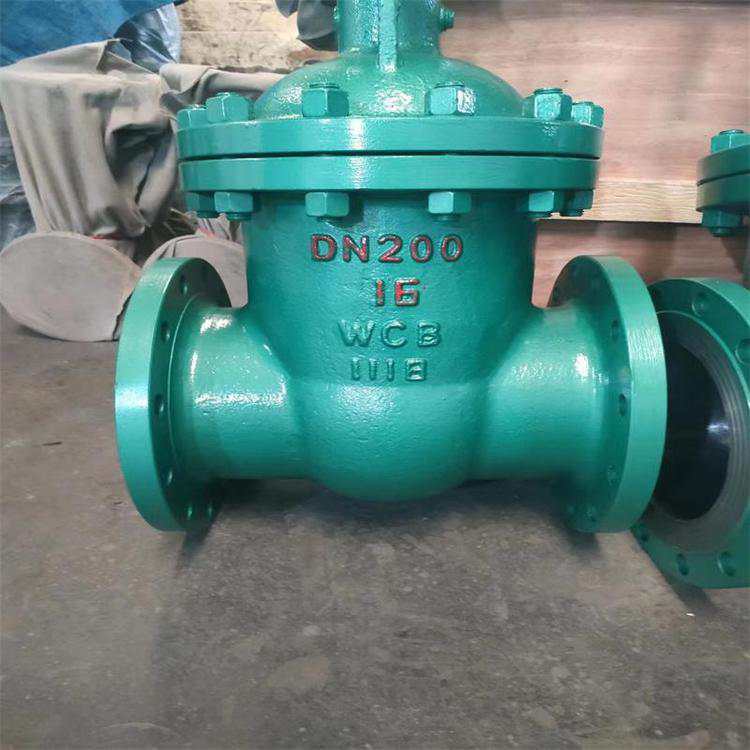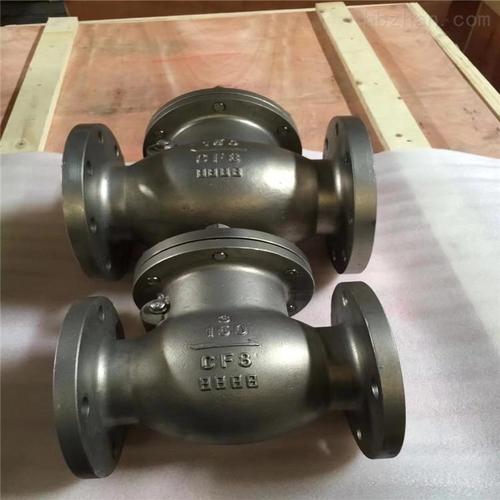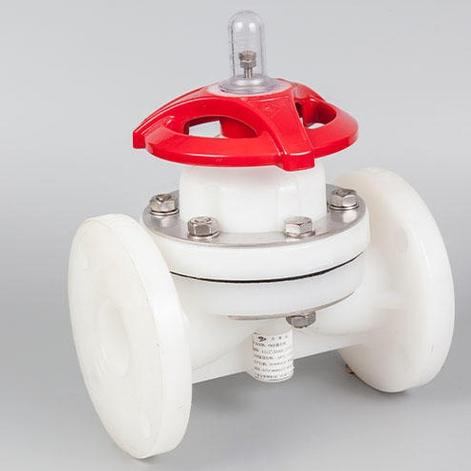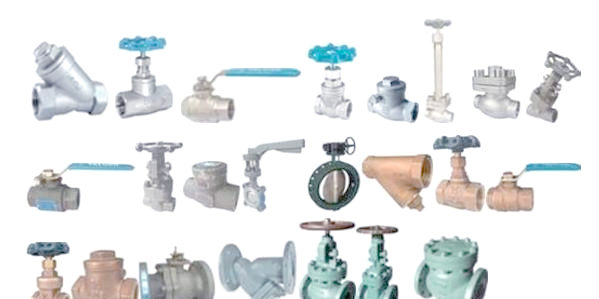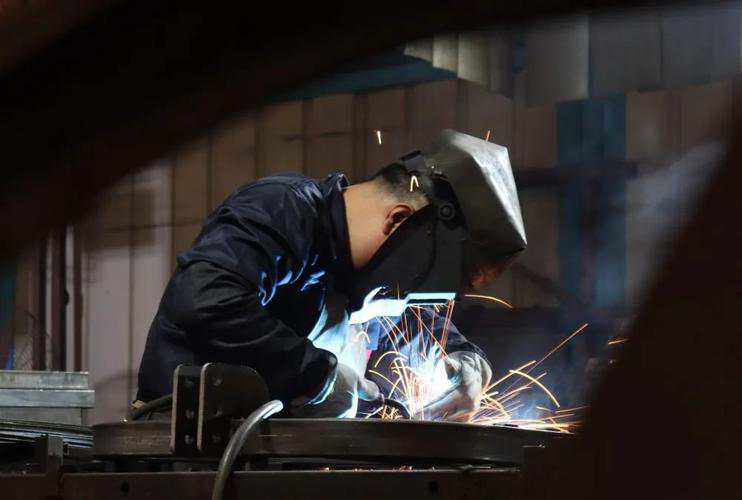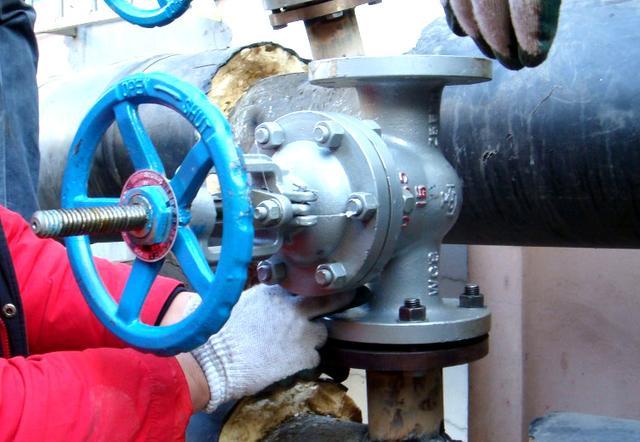Reasons for Internal Leakage of Gas Ball Valve and Treatment Methods.
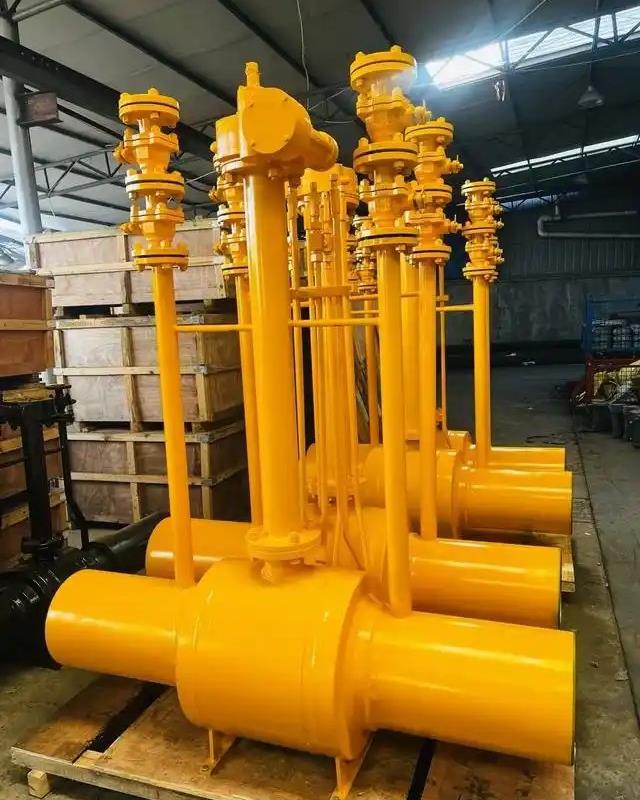
Natural gas ball valves control the flow of gas, playing a crucial role in industrial pipeline systems, . However, internal leakage in ball valves occurs occasionally, which not only causes waste of resources but also poses potential safety hazards. So, how should internal leakage in natural gas ball valves be handled?
Ⅰ. Hazards come from internal leakage of natural gas ball valves.
When the gas ball valve faces internal leakage, hazards are inevitable results .
- Energy waste and loss of economic benefits: Natural gas leakage means a waste of energy, which will bring direct economic losses to enterprises.
- Safety hazards: Natural gas leakage may lead to explosions or fires, posing a significant threat to lives and properties.
- Equipment damage: Frequent leakage will impose additional pressure and wear on equipment and pipelines, shortening their service life.
- Environmental impact: The leakage of natural gas into the environment will pollute the atmosphere and affect the ecological environment.
Ⅱ. Reasons for internal leakage of ball valves.
1.Reasons for internal leakage during the construction period:
- ① Improper transportation and hoisting cause overall damage to the valve, resulting in internal leakage of the valve.
- ② When leaving the factory, the valve is not dried and anti-corrosion treated after the hydrostatic test, resulting in rust on the sealing surface and internal leakage.
- ③ Inadequate protection at the construction site. Blind plates are not installed at both ends of the valve, and impurities such as rainwater and sand enter the valve seat, causing leakage.
- ④ During installation, lubricating grease is not injected into the valve seat, causing impurities to enter the rear of the valve seat, or burns during welding cause internal leakage.
- ⑤ The valve is not installed in the fully open position, causing damage to the ball. When welding, if the valve is not in the fully open position, welding spatter will damage the ball. When the ball with welding spatter is opened and closed, it will further damage the valve seat, resulting in internal leakage.
- ⑥ Construction leftovers such as welding slag scratch the sealing surface.
- ⑦ Incorrect limit during leaving the factory or installation causes leakage. If the assembly angle of the valve stem drive sleeve or other accessories is misaligned, the valve will leak.
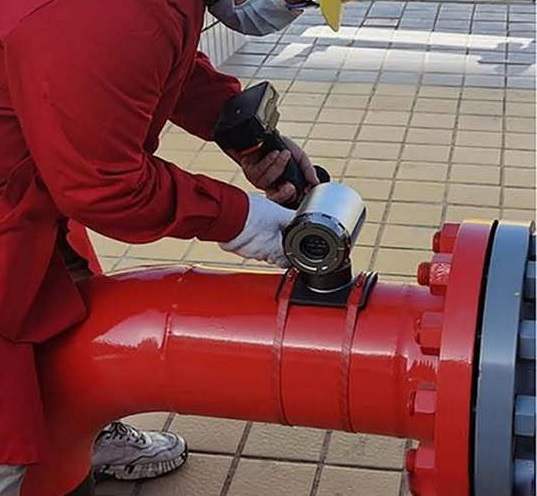
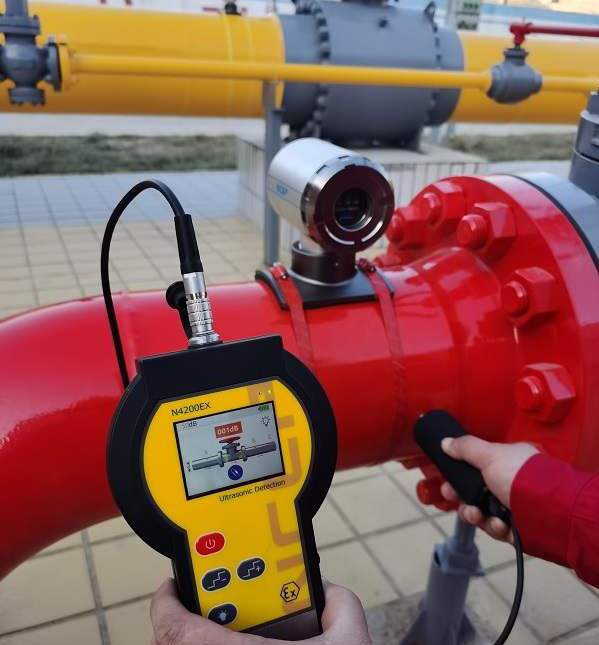
2.Reasons for internal leakage during the operation period:
- ① A common reason is that the operation manager does not maintain the valve considering the relatively high maintenance cost, or lacks scientific valve management and maintenance methods and does not carry out preventive maintenance on the valve, resulting in early failure of the equipment.
- ② Internal leakage is caused by improper operation or maintenance not carried out in accordance with the maintenance procedures.
- ③ During normal operation, construction leftovers scratch the sealing surface, causing internal leakage.
- ④ Improper pigging damages the sealing surface, causing internal leakage.
- ⑤ The valve seat and ball are stuck due to long-term lack of maintenance or inactivity of the valve. Sealing damage and internal leakage are caused when the valve is opened and closed.
- ⑥ The valve is not opened or closed in place, causing internal leakage. Any ball valve, whether in the open or closed position, may leak if it is tilted by 2° to 3°.
- ⑦ Many large-diameter ball valves have valve stem stoppers. If used for a long time, rust, dust, paint and other debris will accumulate between the valve stem and the valve stem stopper due to rust and other reasons. These debris will prevent the valve ball from rotating in place, causing leakage. If the valve is buried, the extended valve stem will generate and drop more rust and impurities, preventing the valve ball from rotating in place and causing the valve to leak.
- ⑧ General actuators also have limits. If rust occurs for a long time, the hardening of the lubricating grease or the loosening of the limit bolts will make the limit inaccurate, causing internal leakage.
- ⑨ The valve position setting of the electric actuator is too forward, and the valve is not closed in place, causing internal leakage.
- ⑩ Lack of periodic maintenance and upkeep causes the sealing grease to dry out and harden. The dried sealing grease accumulates behind the elastic valve seat, hindering the movement of the valve seat and causing sealing failure.
Ⅲ. Identifying internal leakage in gas ball valves.
First, we need to accurately identify whether there is internal leakage in the ball valve. Typically, internal leakage in ball valves manifests as abnormal phenomena such as pressure drops or gas leaks. Internal leakage can be detected in a timely manner through regular pressure gauge inspections, stethoscope detection, or the use of gas detectors.
The trunnion ball valve is commonly used in natural gas pipelines. There is a general inspection method: turn the valve to the fully open or fully closed position, and check for leakage through the discharge of the valve body drain nozzle. If it can be drained completely, it proves that the sealing is good. If there is always pressure discharge, it can be considered that the valve is leaking, and corresponding treatment should be carried out on the valve at this time.
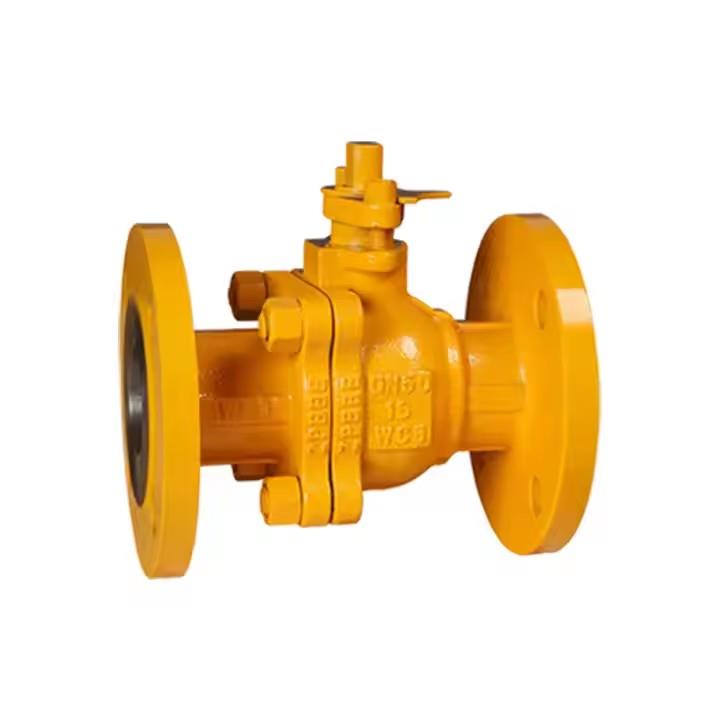
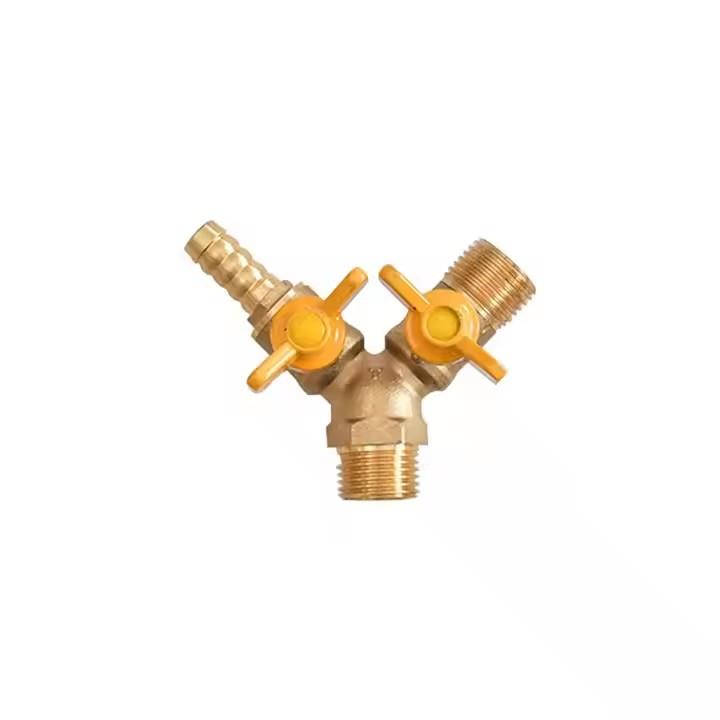
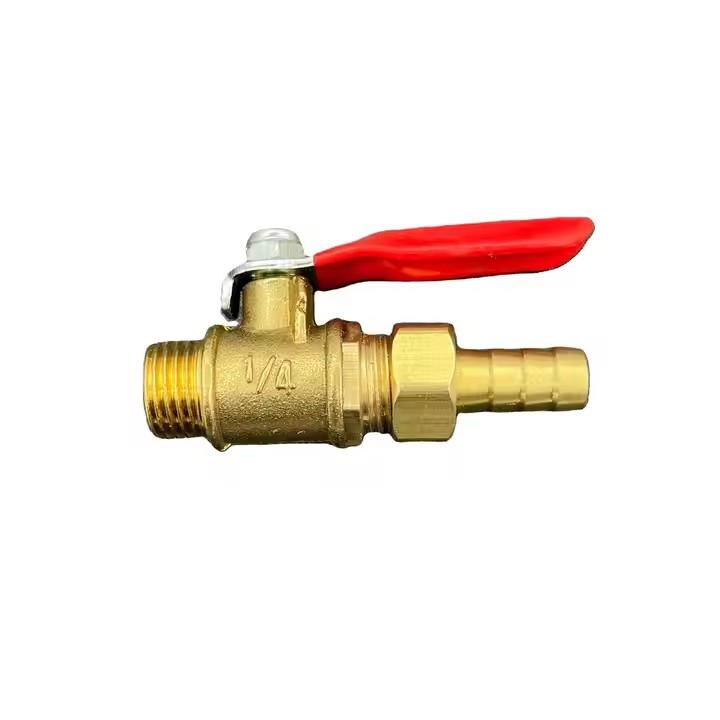

Ⅳ. Procedures for handling internal leakage in Ball Valves.
For internal leakage in ball valves, the handling procedures typically involve adjusting limits, injecting lubricating grease, cleaning sealing surfaces, injecting enhanced sealing grease, and performing maintenance or replacement when necessary. The specific steps are as follows:
- ① First, inspect the valve’s limit device and attempt to resolve the internal leakage by adjusting the limit.
- ② If limit adjustment is ineffective, try injecting an appropriate amount of lubricating grease and observe whether the leakage stops. During this process, inject the grease slowly and monitor changes in the pressure gauge at the outlet of the grease injection gun to assess the leakage situation.
- ③ If the lubricating grease fails to stop the leakage, it may indicate that the previously injected sealing grease has hardened or the sealing surface is damaged. In this case, it is recommended to inject valve cleaning fluid to thoroughly clean the sealing surface and valve seat. The cleaning time should generally be no less than half an hour; if necessary, it can be extended to several hours or even days to allow solidified substances to fully dissolve before proceeding to the next step. During this period, open and close the valve multiple times to discharge impurities.
- ④ After cleaning, reinject lubricating grease again and intermittently open/close the valve to discharge impurities from the rear cavity and the sealing surface. This completes the basic treatment for internal leakage in the ball valve.
- ⑤ If leakage is still detected when the valve is fully closed, try injecting enhanced sealing grease and vent the valve cavity to leverage large pressure differences to enhance the sealing effect. In most cases, internal leakage can be resolved after injecting enhanced sealing grease.
- ⑥ If the internal leakage persists after the above measures, further maintenance or replacement of the valve may be required.
Ⅴ. Preventive measures and regular maintenance.
In addition to the above treatment methods, preventing internal leakage is equally important. This includes regularly inspecting and maintaining the ball valve to ensure it is in good working condition. At the same time, old or damaged ball valves should be replaced in a timely manner to avoid potential safety risks.
In conclusion, the internal leakage of natural gas ball valves is a problem that needs to be taken seriously. By identifying the internal leakage, adopting effective treatment methods and preventive measures, we can ensure the normal operation of the ball valve and the safety and stability of the industrial pipeline system.
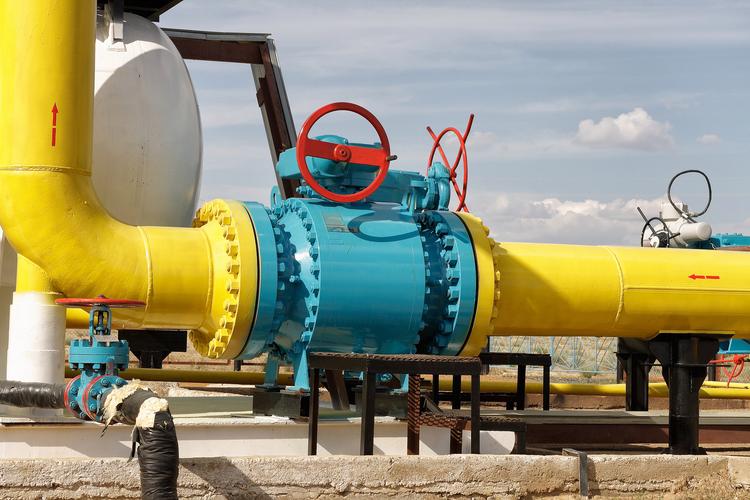
Ⅵ. People Also Ask:
Can any ball valve be used for gas?
Not all ball valves can be used for gas. While many ball valves are suitable for gas systems, it depends on factors like pressure rating, material compatibility, and design specifications. For example, gas-rated ball valves are typically made of durable materials (e.g., stainless steel) and have tight seals to prevent leaks. Non-gas-specific valves may lack these features, risking leaks or failure under gas pressure. Always check the valve’s certification (e.g., API, ASME) and manufacturer’s guidelines to ensure it is explicitly rated for gas applications. Using an unsuitable valve can lead to safety hazards or system damage.
What is the best gas ball valve?
The “best” gas ball valve depends on specific needs, but key factors include:
Material: Stainless steel or brass for durability and corrosion resistance.
Pressure Rating: Meets or exceeds system requirements (e.g., ANSI 150, 300).
Seal Type: PTFE or metal seats for tight, leak-free performance with gas.
Certification: Compliance with standards like API 6D, ASME B16.34, or AGA for gas safety.
Design: Full-port for minimal flow resistance or reduced-port for space-saving.
Always choose based on application parameters (e.g., pressure, temperature, gas type) and manufacturer specifications.
How do I know if my ball valve is for gas?
To determine if your ball valve is for gas, check the following:
Manufacturer’s Label/Tag: Look for explicit markings like “Gas Service,” “Suitable for Natural Gas,” or certifications (e.g., AGA, API 6D, CE for gas).
Material & Construction: Gas valves often use durable materials (stainless steel, brass) and have tight-sealing designs (e.g., PTFE or metal seats) to prevent leaks.
Pressure Rating: Ensure it matches your gas system’s pressure (e.g., PSI/bar rating for natural gas or LPG).
Design Features: Full-port or specific gas-rated designs (e.g., blowout-proof stems, anti-static devices).
Documentation: Review the manual or datasheet for stated gas compatibility. If unsure, contact the manufacturer for clarification.

